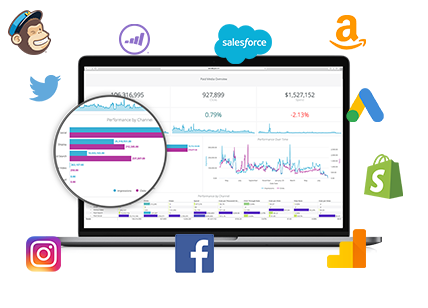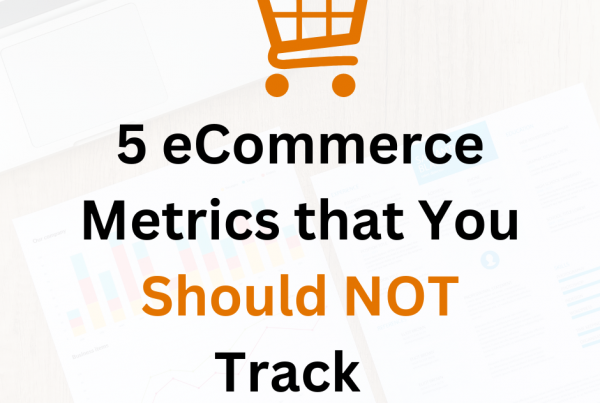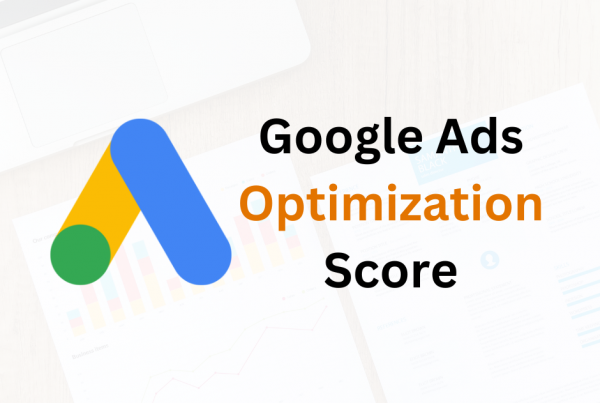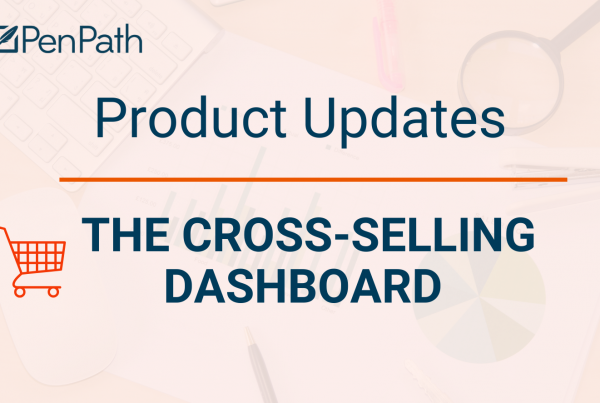Digital marketers have been manually gathering data for ages, but until now haven’t done much with it. Google Analytics, a traditional digital analytics software, has been around since 2005, but it wasn’t until recent years as e-commerce went social and mobile that using technology to analyze data not only became a trend but a necessity.
Because of this, many leaders are still unsure how to use data analysis in their marketing strategy. No, really.
In fact, 62% of executives still rely more on experience and advice to make decisions, instead of looking at their own data. Why is that?
For one, data analysis seems complicated to those who are not working with it daily. Other factors such as availability of resources, budgetary considerations, issues with implementation, leadership courage, operational capacity to act, policy constraints, and poor market responses play a role. Organizations whose leaders make data analysis a priority see 3 times more improvement in decision making. This of course furthers their competitive advantage, making them more likely to succeed in the long run.
Let’s look at three ways data analysis is changing the marketing landscape and driving deeper insights for companies.
3 Data Analysis Strategies Changing Marketing Today
- Data Blending
- Data Mining
- Data Warehousing
Data Blending
Programs and platforms like Excel, SAP, Salesforce, Google Analytics, and Adwords are often just some of the tabs that are open on a marketer’s computer — all of which are working towards the same goal.
These products are great on their own, but very limited in their ability to provide a thorough, holistic marketing data analysis of what is actually happening with advertising campaigns.
This is where data blending comes in. Although it sounds deceptively simple, data blending is a sophisticated way to gather and blend data from local, third-party, and cloud/social data. It replaces the traditional VLookup and VBA scripting that are currently the standard, and betters the clunky and time-consuming aspect.
The best part is that most marketers do not need to be responsible for learning how to do this since it does involve quite a bit of technical knowledge. By partnering with a marketing intelligence agency, the data blending is already done so the only information left to analyze is on one clean dashboard.
Common Use Case: Streamlining Standard Marketing Software
There are three main tools a digital marketer might use for analysis. One is a CRM, like Salesforce, which stores customer information. The second is prospect software, like Marketo, which can automate emails. Third is a tool like Google Analytics, which captures website information.
Traditionally, going back and forth to view reports in each platform has been the common way to do it, or downloading the raw data and trying to combine in Excel each time. Data blending erases this need altogether, allowing for a clean dashboard that automatically refreshes each time data comes in from any of the sources. Talk about efficiency.
Data Mining
According to Wikipedia, Data mining is the process of discovering patterns in large data sets involving methods at the intersection of machine learning, statistics, and database systems.
Most digital marketers’ time goes into making campaigns, with the goal of getting more customers and sales (the bottom line). Although a ton of data is created as a byproduct of the campaigns created in the past, sitting down and painstakingly sifting through the data for hidden insights isn’t feasible. The reality is that long-term success requires patience and vision, looking at what will make the company succeed in the long run, not just pushing through this quarter.
Even if the marketer is sitting on a data goldmine, it’s not worth anything if it’s never analyzed. Even with Excel, the most advanced techniques stop at pivot tables and linear regression. This is why most successful executives know that pouring through that data and discovering trends and patterns is a priority for future success.
Common Use Case: Using Cluster Analysis to Identify Demographics
For example, a statistical technique called cluster analysis helps digital marketers analyze demographics according to education level, age level, salary, etc.in their own database. From this information, they’re able to make campaigns that target each group specifically and customize advertising based on the customers’ pain points.
Again, digital marketers are not expected to learn statistics and do all of the back end work — they should be busy doing what they are best at; making creative campaigns that pull in customers and leads for the business.
The data mining should already be complete so the only job left for the marketer is to analyze the results and make intelligent decisions from the information.
Data Warehousing
Data Warehousing has rarely been talked about in the marketing landscape. For most digital marketers, the main question is, “why?” Why should they spend all this time, energy, and money moving all of their data to a central location when every critical piece of data is stored safely in its own little silo (Google Analytics, Salesforce, etc.)?
In a holistic data strategy, this is exactly what not to do. The important point to add is that a data warehouse shouldn’t replace your day-to-day software. A marketer should be able to look at what they want in Analytics quickly and then log out — not everything needs to be combined and blended.
However, there should be a place where raw data is pulled and consistently stored from all sources. In day-to-day software, the data gathered might be subject to filters, notes, and formulas, which makes it hard to go back and find the original. It’s also prone to human error, which can happen if many people are touching it daily.
The other reason why data warehousing is important is that there is a ton of marketing software out there and companies are always on the lookout for something better. If a company changes software, all of the historic data that was stored in the former software is at risk of being lost.
So, even though marketing software can and should be changed if needed, the precious raw data that’s gathered should be stored in a secure, third-party location. This makes it possible to go back and look at any time period, no matter what software was used at the time.
Common Use Case: Cloud- Based Data Warehousing
A popular way for digital marketers to store data is to have it automatically downloaded into a cloud solution, such as Microsoft Azure. This is usually part of a bigger data strategy that involves blending and visualizing that data.
By working with a marketing intelligence agency, there is no need to hire a freelance developer to do this. A good marketing agency will help your company with its data strategy from start to finish, so the burden of managing the data isn’t on the marketer.
Conclusion
Today’s businesses are no longer the ones of the past. Gone are the days where business executives blindly trusted engineers and analysts and left them with their formulas. Understanding data has become a crucial part of any business strategy.
A good marketer knows that data analysis isn’t necessary to understand at the technical level. However, it should be understood enough to the point where data literacy can be used to understand the customer better and make better campaigns.
By working with a marketing intelligence agency that has domain knowledge and technical skill, digital marketers are able to meet with people that understand different marketing platforms. This leads to a customized data strategy tailored to the company’s needs.
At PenPath, we are at the cutting edge of innovation of marketing data analytics. Our team is made up of digital marketers, business intelligence analysts, and developers. We won’t just help you create a data strategy, we’ll help you create a digital marketing data strategy — and there is a difference. It’s just easier to be on the same page without explaining what a data layer is, so that we can get a lot further, faster.
Give us a call or request a demo today so we can transform your digital marketing today.







